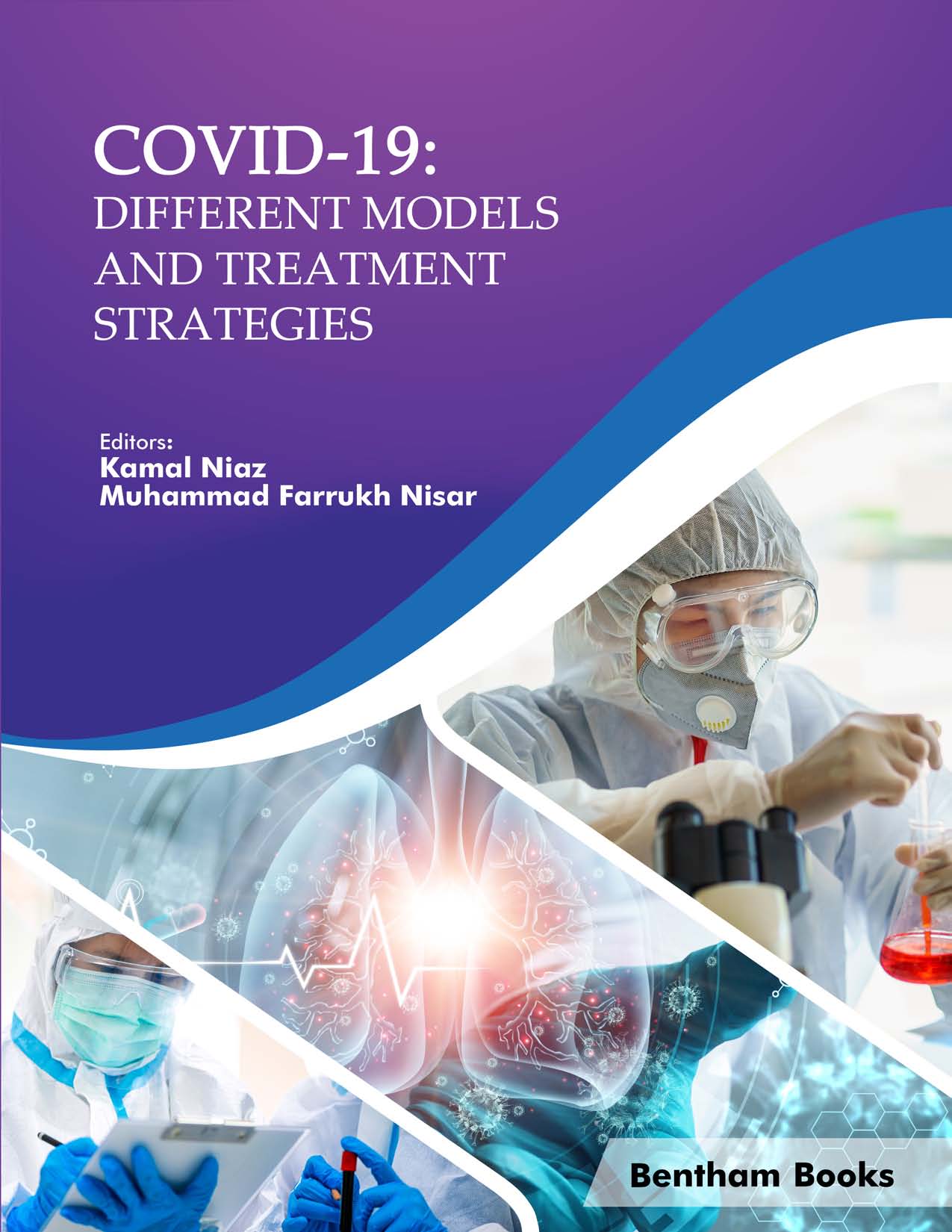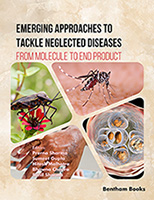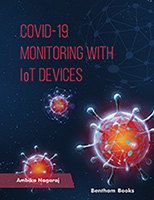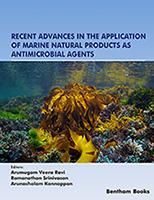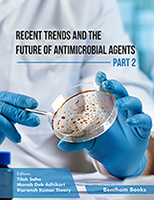Introduction
In this book volume-2 proposal has been classified into Part IV: Models for SARS-CoV-2 and Part V: Treatment Strategies for SARS-CoV-2. With the emergence of new coronavirus variants, epidemiology, different host tropism permits a thorough analysis of their evolution and acquired adaptability to their host which need different animal models and treatment approaches. No studies are complete without animal models closely related to human physiology to replicate the disease and observe the pathology conditions as in human cases. Such animal models play a vital role in virus pathogenesis and prepare a therapeutic immune response. Here describe bio-engineered transgenic mouse model inserting with specific genes, or CRISPR-Case9 gene-editing tool has been used previously for SARS-CoV and MERS-CoV. The chapter will deal with culture techniques or cell lines for COVID-19—also histopathology of COVID-19, essential proteins that up or down-regulate SARS-CoV-2. The last chapter of this part will describe other diseases having similar signs and symptoms and their differentiation. There is no specific treatment available to date, just symptomatic therapy. However, scientists will elucidate effective antiviral drugs in clinical trials, phytochemicals, photomedicine such as ultraviolet A & B, homemade remedies, blood plasma transfusion, stem cell therapy, and computational approaches in vivo and in vitro trials. This book will appear as a baseline for academicians, scientists, and health professionals as still, research is going to overcome this outbreak of COVID-19, the novelty of best animal models, and find an effective treatment. However, just a single book proposal like this wouldn't have flourished without enthusiasm and determined publishers' and investigators' strength to take time from their busy schedule and subsidize on time. We thank the whole investigators who contributed, directly and indirectly, to bring it to reality.

